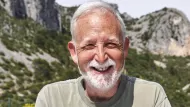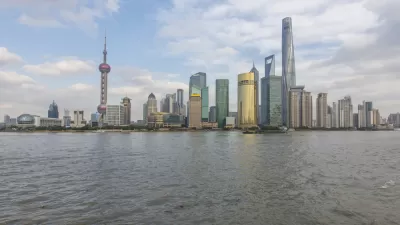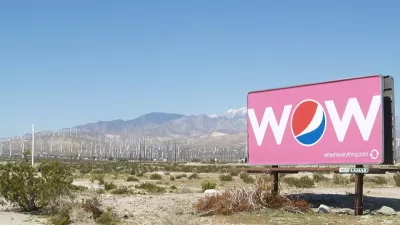Have you ever tried immersive photography to show how urban landscapes, with their ever-evolving stories, are changing post-pandemic? A three-time author of books about understanding the innate identities of urban places updates his perspective.
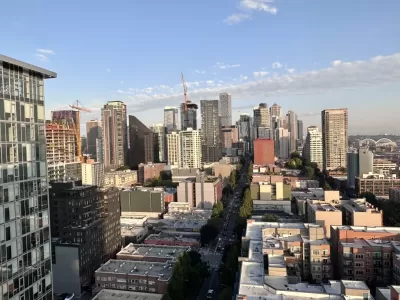
While topographical features, climate, and location often dictate urban development, the lived experiences within cities and towns tell a richer story. The COVID-19 pandemic, for instance, reshaped our urban narratives in profound ways. In the pandemic's aftermath, platforms like podcasts have spotlighted our urban spaces' evolving stories, histories, and aspirations.
Meanwhile, our cameras capture the essence of now-institutionalized auto-limited streets and surviving outdoor dining structures. From city to city, this revised urban mosaic varies with local flavor and panache.
For over a decade, I've passionately believed that we should immerse ourselves in our environments, genuinely experiencing and understanding them, before championing the prevailing trends. Many cameras have been an invaluable tool in this journey.
I've used the camera—whichever kind is accessible—as an immersion-forcing device to experience city life. I've been in this effort, defining themes and goals. Since introducing my techniques in Seeing the Better City, I've observed an increasing number of individuals embracing photography to advocate for ideas like Netherlands-style biking, urban redesigns, and tactical urbanist interventions.
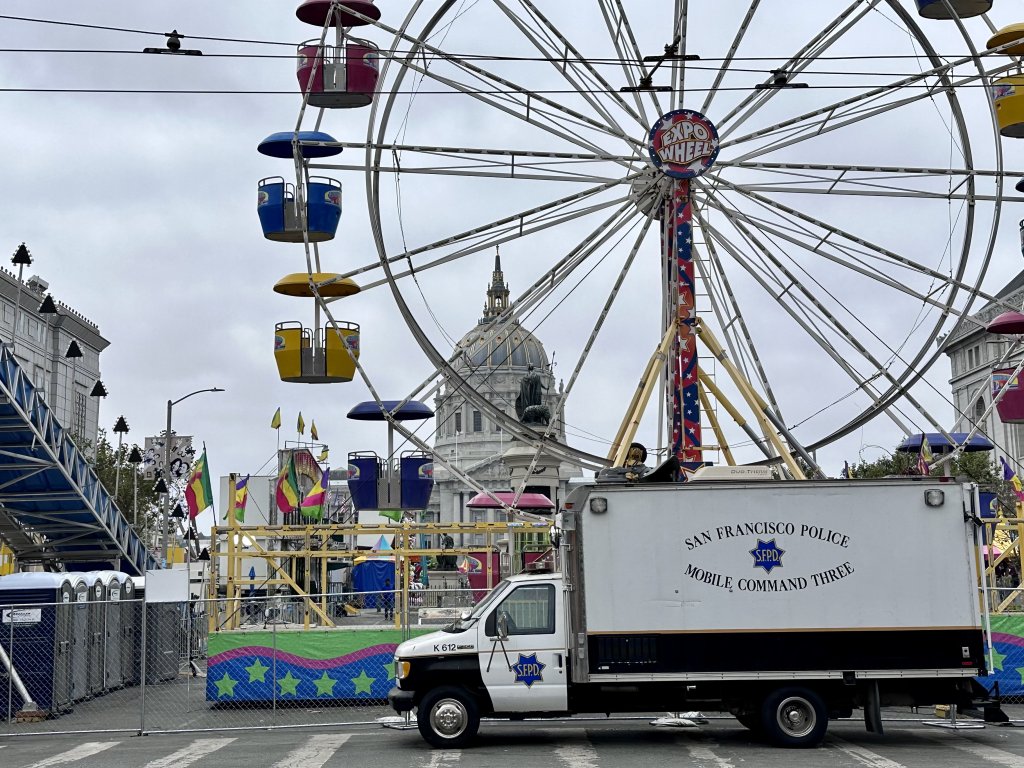
After my five years overseas, I recently embarked on a West Coast "road trip" dedicated to personal observation of urban resurgence themes, summarized in Planetizen on August 30. Now, I suggest we engage in "visual prosecution" of the contemporary urban landscape at multiple scales. "Visual prosecution" means that looking as doing is more meaningful than passively receiving others' words, provocative stock photography, AI imagery, or third-party video.
Here, I'll reflect further on the experience and my belief that a purposeful camera-based immersion remains a meaningful task.
The Living Organism
Many equate the city to a living organism, a habitat, a locus of bio-mimicry, or a laboratory for laws of physics. For others, a town blends geography, politics, culture, economy, and technology to create a vernacular fingerprint.
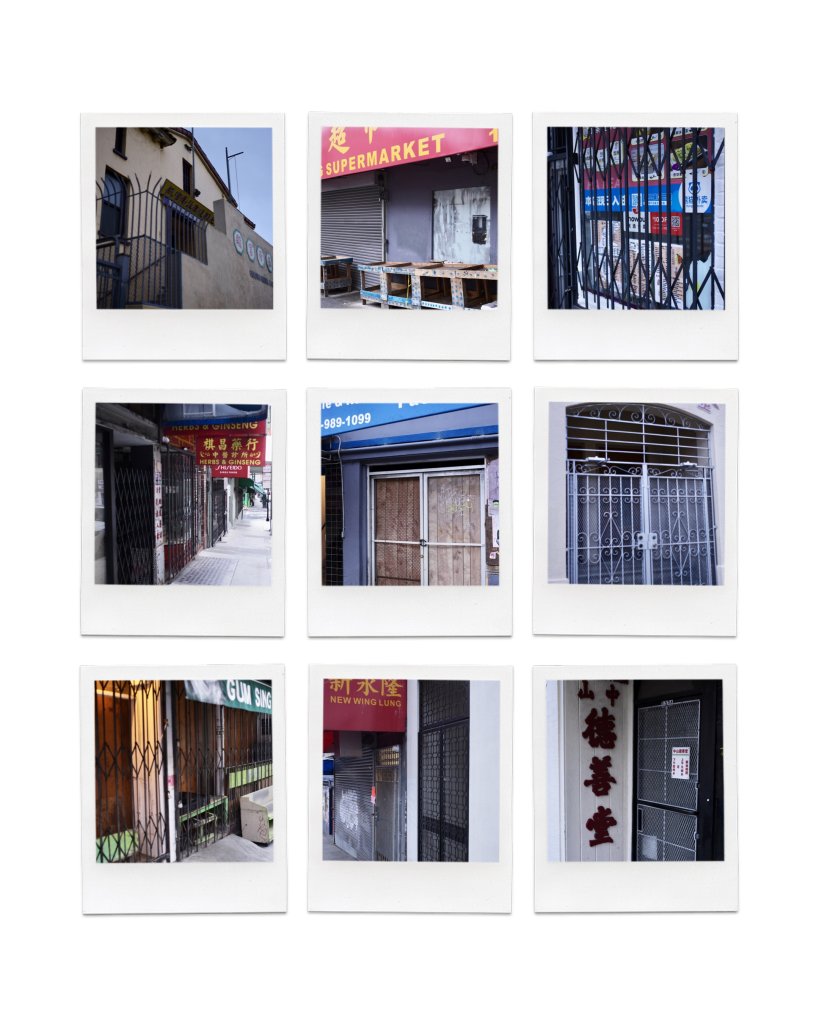
We can visually discern resulting patterns. Purposeful photography—not just travel posts boasting where we've been—helps decode this vernacular, highlights differences between cities, and reveals what may not be at first readily apparent. We see feats of engineering, architecture, art, vignettes of people in action, and places where the built and natural environments intersect.
My recent road trip had a theme of resurgence for a reason—it forced me to observe and comment about urban change.
I saw and recorded how remnants and ruins regenerated with new market dynamics. I repeatedly noticed how some buildings stood empty, new uses replaced old uses (often with limited alteration), new restaurants morphed from closed eateries, and some traditional downtown stores (e.g., upscale retail) survived, but only with obvious security onsite.
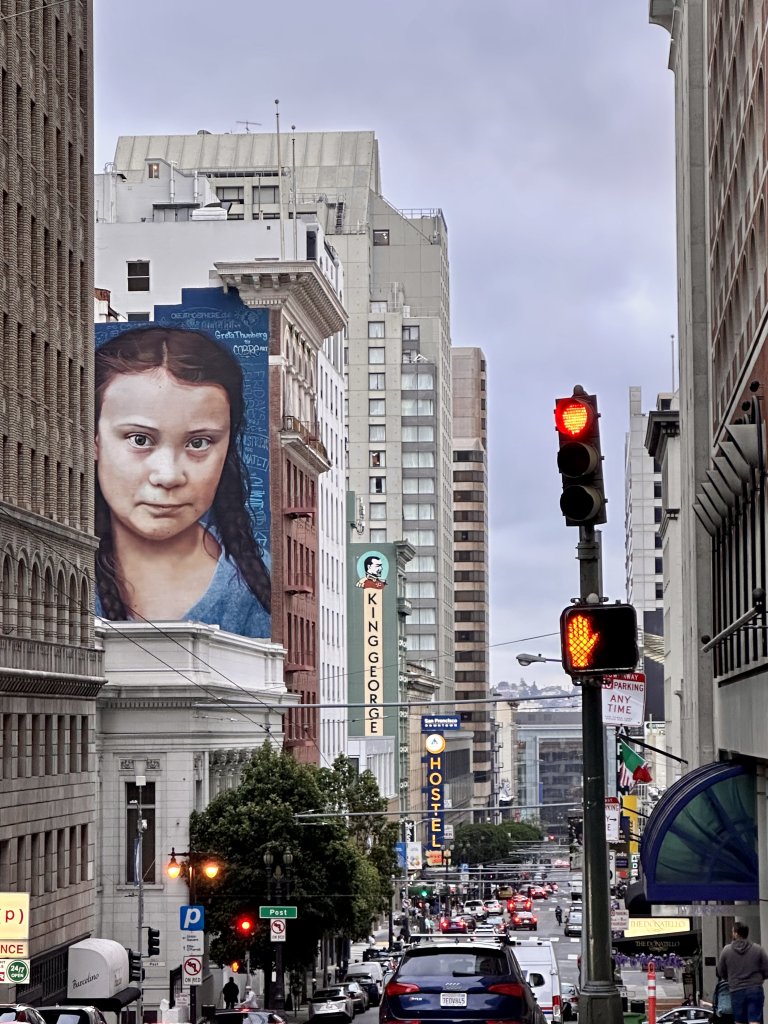
In particular, I noticed how graffiti, innovative sculpture, and murals reflected a freedom of expression that flowered during years of social isolation and protest. In this way, American cities have become more European; from street murals to public installations, urban art seems to be on the increase. America seems more aware of the enigmatic UK street artist Banksy, who uses graffiti to prevailing themes of city life, creating a canvas for sociopolitical dialogue.
This highly personal and interpretive approach to photographs is not the only way to create a biography of cities. Newer tools offer additional perspectives, and the work of others via legacy coffee-table books remains. I briefly list some examples below.
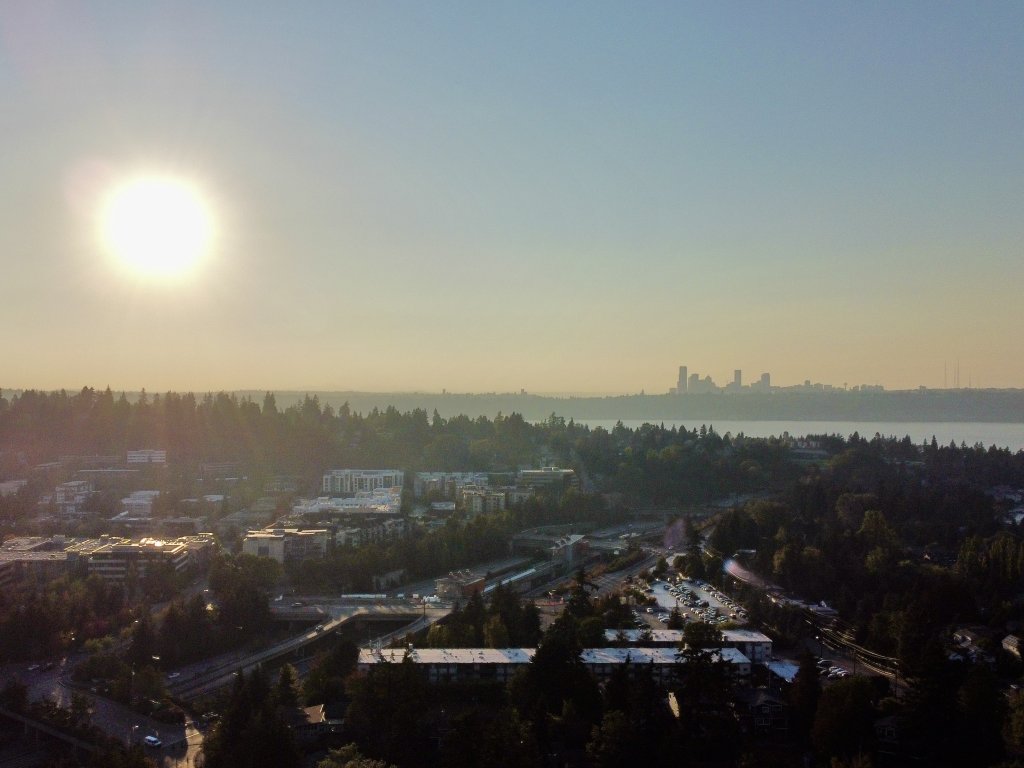
Photography as Biography at Different Scales
Over and above what we document on the ground from day to day, other resources address grander scales or examples from different times.
-
Aerial Shots: These evolve bird's-eye view maps and renderings from past eras, highlighting spatial patterns, city planning, and the interplay between artificial structures and natural features. Through these images, we realize the expanse of New York's Central Park or the serpentine flow of the Thames through London. I've started using drones to capture cities around Seattle, which mix skylines with water-dominated views.
- Yann Arthus-Bertrand: Through his well-known project, 'Earth from Above,' Bertrand gives us captivating panoramas, showing the balance of urban development between natural beauty and urban sprawl.
-
Street Photography: Capturing street life is a medium that has regained popularity and is highly documented through the work of Parisian and New York flaneurs of the past and modern counterparts. Serendipity, human connection, and the rhythm of daily life tell stories beyond urbanist memes.
- Vivian Maier: As one of the more recently celebrated contributors to the "street" genre, this reclusive nanny-turned-photographer chronicled mid-20th-century urban America. Her work is a masterpiece of human emotion and interaction.
-
Time-lapse Techniques: Documenting change, from shifting skylines to evolving street scenes, time-lapse is a compelling way to capture how cities change. The technique is increasingly available on cameras and mobile phones in addition to familiar examples.
- Michael Wolf: His series on urban densification in Hong Kong provided stark visuals of human adaptation to vertical environments.
The Post-Pandemic City: Visualizing Resurgence
One change is apparent from my most recent travels--the COVID-19 pandemic has forced an urban introspection, revealing vulnerabilities but inspiring opportunities and reference to the vocabulary of the in-between, such as "Iiminal" and "resilience."
As cities grapple with change, the "visual prosecution" I reference above becomes a transformative medium, capturing the appearance of post-pandemic reemergence and helping us articulate what seems most appropriate: If you could redesign the city or town you live in, what would it look like? How would the traffic circulate, what type of new housing should go in which locations, what kind of green spaces would you have, and how would you ensure it accommodates the pressing needs of climate change and social justice?
Here are a few relevant examples:
-
Massimo Vitali: Vitaili's pandemic-era photographs portray human adaptability, especially in Italian public spaces and beaches. His images provide a subtle balance in showing current life compared to past eras and invite interpretation of the "new normal."
-
JR: Based east of Paris, JR's murals are massive in scale and impact, far beyond pandemic recovery messaging. His "Chronicles of Clichy-Montfermeil" transcends art and photography around the resilience theme. I list him here for the scale his inspiration provides. His participatory art approach has solicited communities worldwide to illustrate their most essential projects through photographs and highlight the universality of urban experiences.
-
The Urban Diary: In my books, I adopted Walter Hood's term, "urban diary," and have proffered a method for exploring the city in the fundamental ways suggested here. This has been central to my advocacy for photography's role in urban betterment. Summaries appeared in Planetizen and CNU Public Square in 2017.
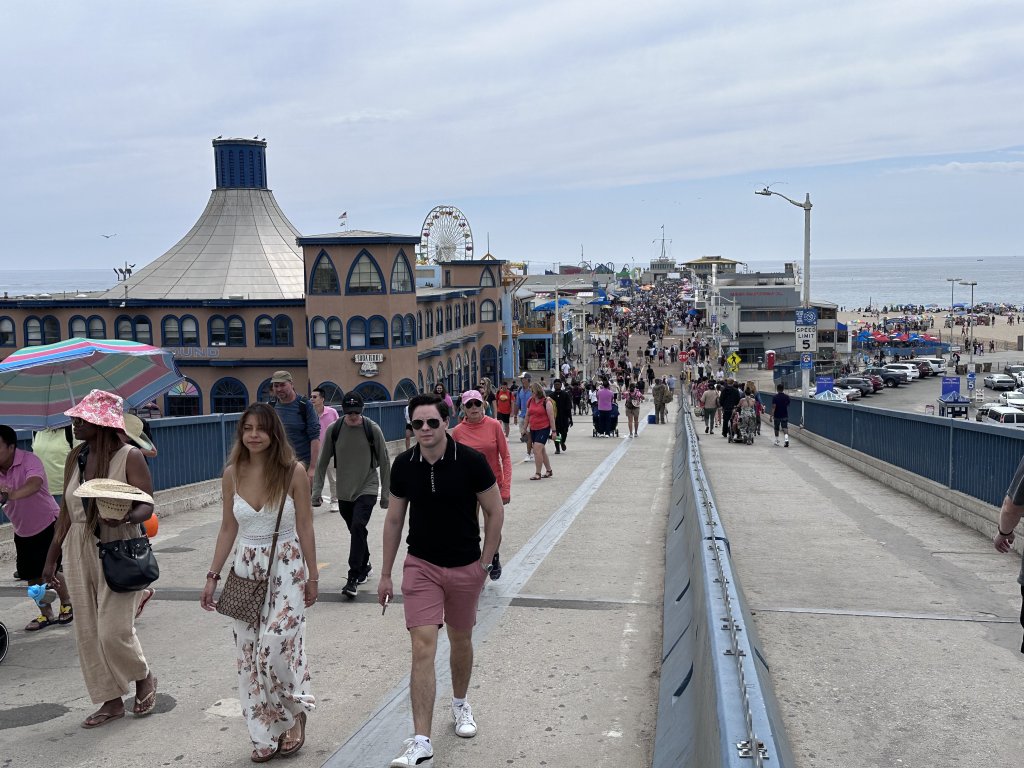
Conclusion: A Journey of Multifaceted Exploration
To fully immerse in a city's narrative requires a variety of approaches. But I remain convinced that photography is a potent starting point to chronicle everyday life, current events, change, art, history, sociology, and more. Embracing this gateway to an interdisciplinary approach will ensure that we do not just observe but also understand, engage with, and envision solutions.
The power of this visual storytelling lies in its accessibility. We need more affirmative identification of the many aspects of our cities' post-pandemic renaissance. I'm thinking of a new hashtag for social media, #UrbanDiary2023. If you like, join me in collective action by diving deeper into your surroundings and sharing your findings of nuanced transformations.

Planetizen Federal Action Tracker
A weekly monitor of how Trump’s orders and actions are impacting planners and planning in America.

Maui's Vacation Rental Debate Turns Ugly
Verbal attacks, misinformation campaigns and fistfights plague a high-stakes debate to convert thousands of vacation rentals into long-term housing.

Restaurant Patios Were a Pandemic Win — Why Were They so Hard to Keep?
Social distancing requirements and changes in travel patterns prompted cities to pilot new uses for street and sidewalk space. Then it got complicated.

In California Battle of Housing vs. Environment, Housing Just Won
A new state law significantly limits the power of CEQA, an environmental review law that served as a powerful tool for blocking new development.

Boulder Eliminates Parking Minimums Citywide
Officials estimate the cost of building a single underground parking space at up to $100,000.

Orange County, Florida Adopts Largest US “Sprawl Repair” Code
The ‘Orange Code’ seeks to rectify decades of sprawl-inducing, car-oriented development.
Urban Design for Planners 1: Software Tools
This six-course series explores essential urban design concepts using open source software and equips planners with the tools they need to participate fully in the urban design process.
Planning for Universal Design
Learn the tools for implementing Universal Design in planning regulations.
Heyer Gruel & Associates PA
JM Goldson LLC
Custer County Colorado
City of Camden Redevelopment Agency
City of Astoria
Transportation Research & Education Center (TREC) at Portland State University
Jefferson Parish Government
Camden Redevelopment Agency
City of Claremont

























